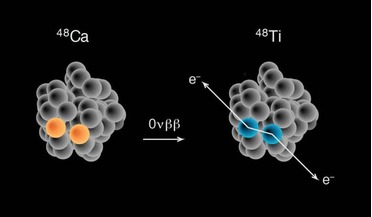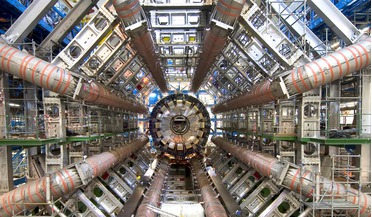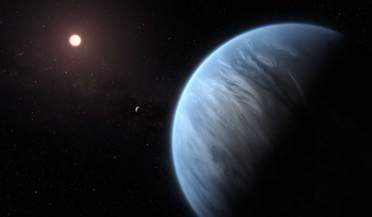 13 April 2016
The mystery of neutrino mass to be solved by a calcium isotope
13 April 2016
The mystery of neutrino mass to be solved by a calcium isotope
... trillions of years, depends on the unknown mass of neutrinos. Neutrinos are subatomic particles produced by the decay of radioactive elements and are elementary particles that lack an electric charge. Unlike photons or charged particles, neutrinos...
 February 2022
Extremophiles as a blueprint for universal life
February 2022
Extremophiles as a blueprint for universal life
... bodies on board ultra-light nanocrafts powered by ground-based lasers may be a possibility The heat produced by the radioactive decay supported liquid water pools in a large number of comets in the solar system for the first several hundred...
 16 August 2016
Have researchers uncovered a fifth fundamental force?
16 August 2016
Have researchers uncovered a fifth fundamental force?
... material postulated to account for around 85% of the Universe's mass. In their study, the Hungarian physicists discovered a radioactive decay anomaly that hinted at the existence of a light particle just 30 times heavier than an electron. "The...
 22 June 2020
Icy Pluto may have started off hot with an early ocean
22 June 2020
Icy Pluto may have started off hot with an early ocean
... stops material from freezing. Once it became a giant snowball, a subsurface ocean started to develop due to warming from radioactive decay. Growing a planet from accretion is how all planets are thought to form, though there is a lot of disagreement...
 05 October 2020
A dozen "superhabitable" planets better than Earth identified in new study
05 October 2020
A dozen "superhabitable" planets better than Earth identified in new study
... over a longer time period. A larger planetary mass would also indicate a larger amount of interior heating through radioactive decay, leaving it habitable for longer. Plate tectonics and a large moon at 1–10 percent of the planetary mass and...